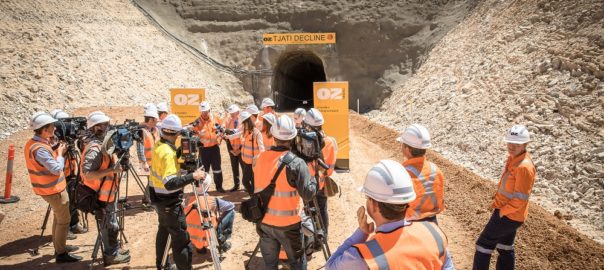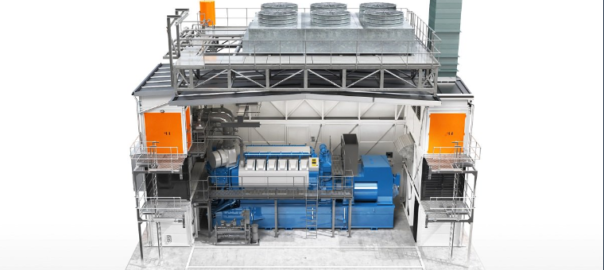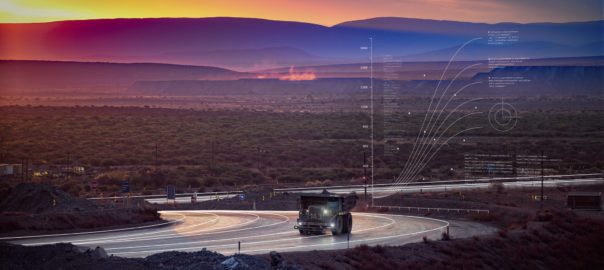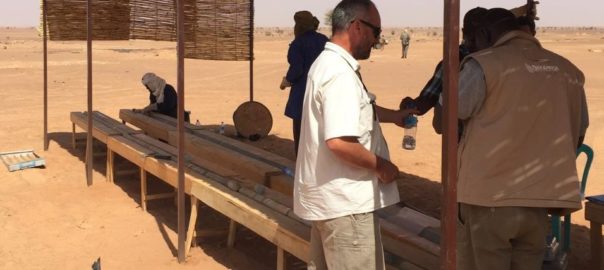OZ Minerals says it has launched the Energy and Mining Collaboration (EMC) in an initial collaboration with six other organisations to investigate renewable energy and demand management related activities on a mine site.
The six other organisations are Adelaide University, CSIRO, the Department of Energy and Mining, the Rocky Mountain Institute, SunSHIFT and the Tonsley Innovation Precinct.
The first project as part of this program will be a trial installation of a circa-250 kW hybrid energy solution facility including solar, wind and a battery in the first half of 2020, located at OZ Minerals’ Carrapateena mine site in an area demarcated for piloting and prototyping. Carrapateena, in South Australia, is on track for first concentrate production in the December quarter, after which the project will ramp up to full production over the following 18 months. Carapateena is expected to produce an average of 65,000 t/y of copper and 67,000 oz/y of gold over a 20-year mine life.
The trial installation will have approximately 250 kW hybrid energy solution consisting of solar, wind, battery storage, connected to existing diesel generators, and have a Smart Grid controller for data access and tracking.
The EMC brings these organisations together into a collaboration platform with a view to developing and identifying renewable energy opportunities for an international showcase that optimises electrical and fuel demand and the integration of renewable energy systems, OZ said.
“This will be done via the creation of true partnerships around the testing of energy and technology hypotheses to unlock transformational value in mining,” the company added.
“Over the next six months, the parties, as the founding collaborators, are committed to formalising the partnerships from this collaboration, inviting in other first partnership collaborators and creating a broad and global membership of all those who would like to participate.”











